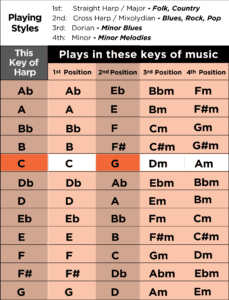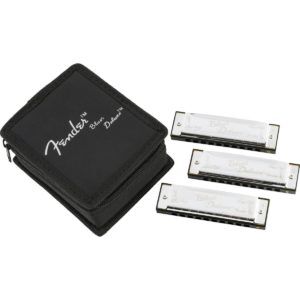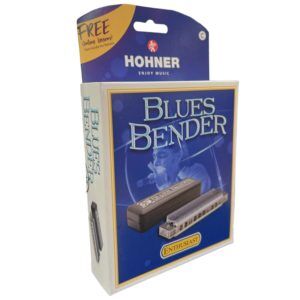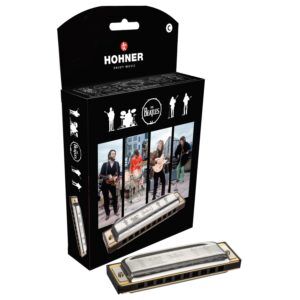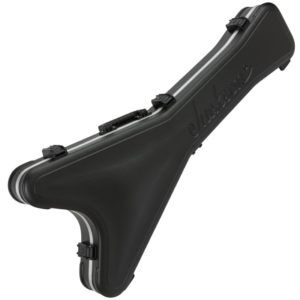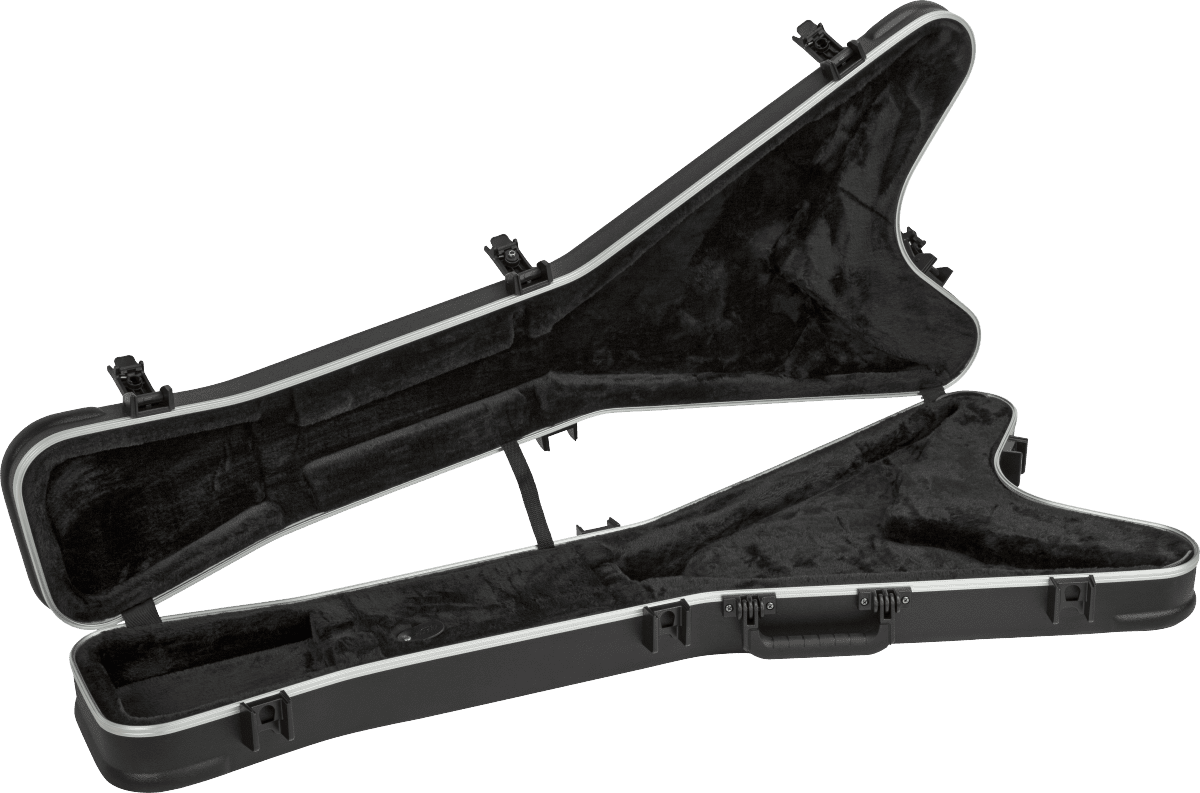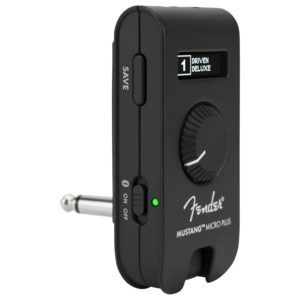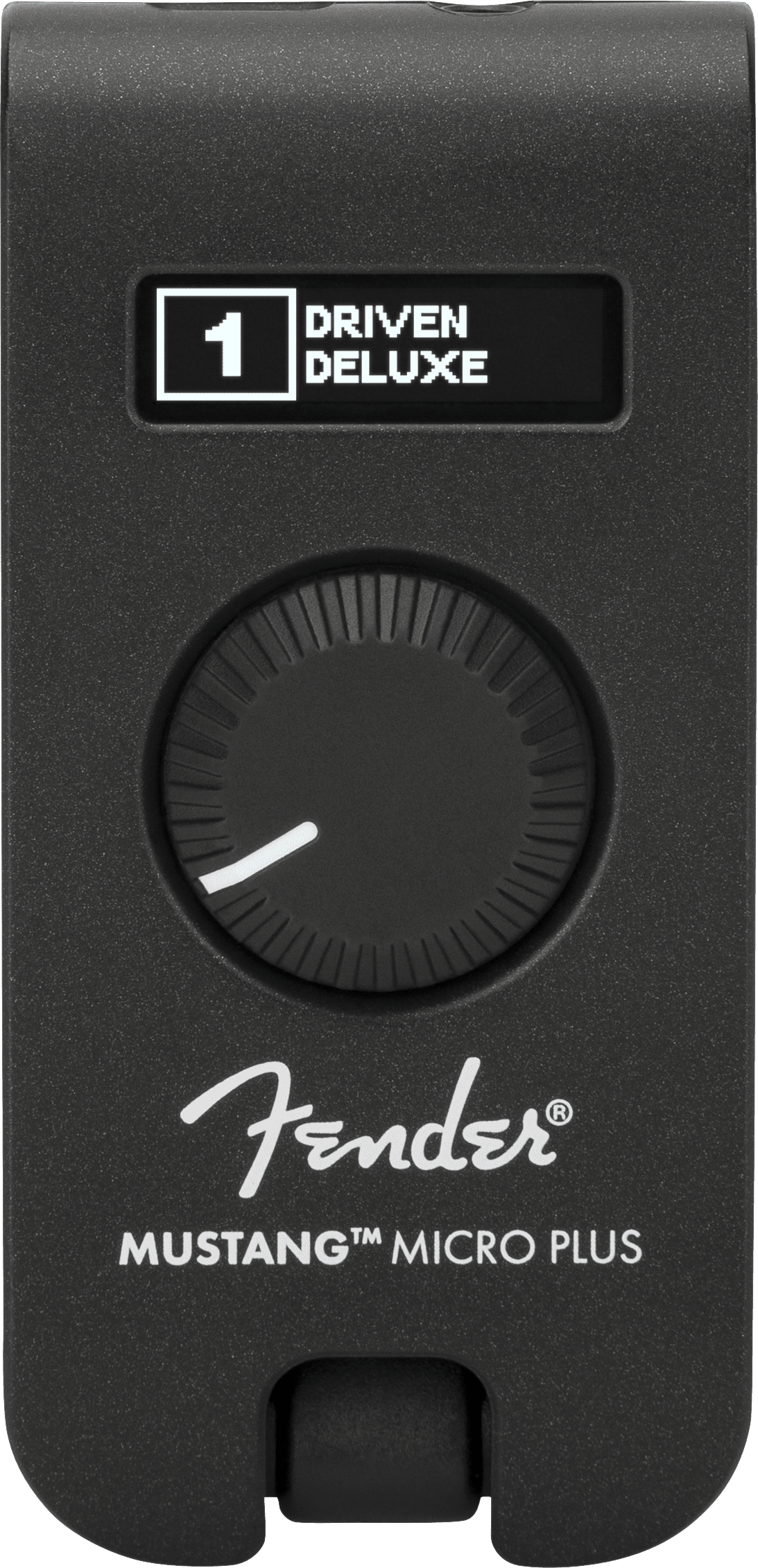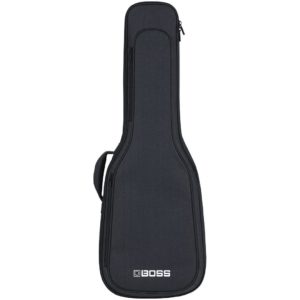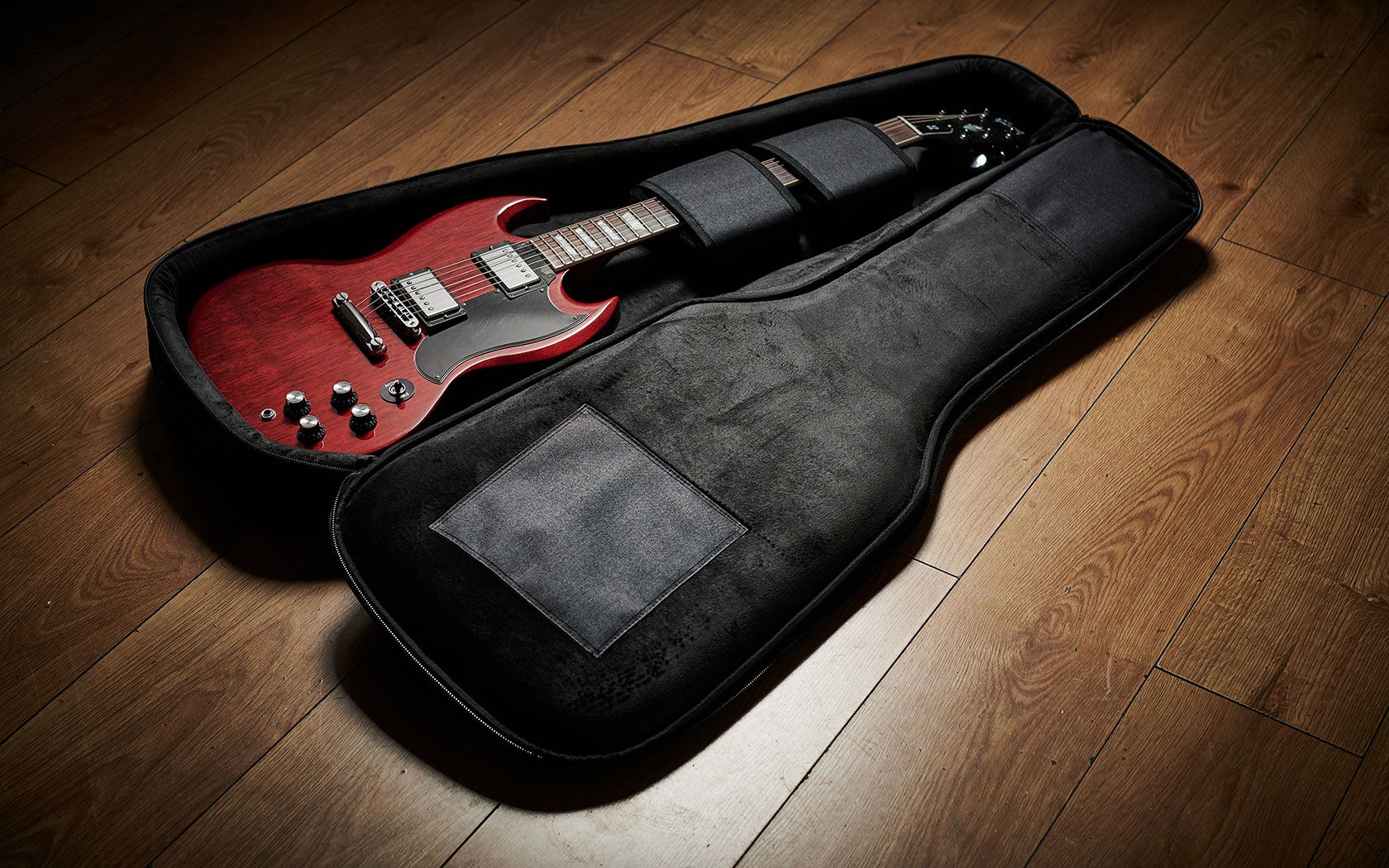Description
LEE OSKAR MAJOR DIATONIC HARMONICA – THE TRADITIONAL BLUES TUNING.
Harmonica players all over the world prefer the Lee Oskar Harmonica System. Distinguished by the consistent quality of materials, design, construction, and sound, Leeo Oskar harps are synonymous with quality.
The Major Diatonic harmonica is the most commonly used harmonica tuning and is used in playing Blues, Rock, Country Folk & Jazz.
Major Diatonic harps are produced by several manufacturers using various names such as Blues Harp, Marine Band, Special 20, Pro Harp, Folk Master, Star Performer, etc.
Although the cover plates are stamped with a variety of different names for marketing purposes, all these harmonicas have the exact same note layout as the Lee Oskar Major Diatonic harmonica.
The most important difference is in the quality of materials, construction, design and sound. Lee Oskars are the best harmonicas in the world, and that’s not just our opinion.
Major Diatonic Tuning
The Major Diatonic Harmonica was originally intended for playing simple Folk music of the nineteenth century and its notation layout was adequate for that purpose. The original style of playing, known as 1st Position (Straight Harp), is suitable for playing simple melodies, Folk music and various other types of music that call for melody lines, along with some chords.
1st Position (Straight Harp), is still used by many players today, but due to its simplicity of sound, it is not as popular as 2nd Position (Cross Harp).
The evolution of music introduced Blues, Rock and Country and along with these new forms of music came the need for greater expression. Harmonica players began to experiment and found that when they primarily used the inhale (draw) notes, a different kind of sound was provided. This resulted in a new and more fluid style of playing, known as 2nd Position (Cross Harp). 90% of today’s players use 2nd Position for Blues, Rock, Country & Pop music.
2nd Position (Cross Harp), is a Blues scale that offers a more expressive and soulful sound. Many of the draw reeds can be bent (a technique used to change the pitch of a note.)
MAJOR DIATONIC (1st Position plays the Major Scale)
- Begins on #4 Blow
- Accents the Blow Notes
- As examples, use a C Major Diatonic to play in key of C; or use an A Major Diatonic to play in key of A, etc.
OR…
MAJOR DIATONIC (2nd Position plays the Mixolydian Scale / Blues)
- Begins on #2 Draw
- Accents the draw notes and bending
- As examples, use a C Major Diatonic to play in key of G; or use an A Major Diatonic to play in key of E, etc.
Major Diatonic
Example: Key of C

Four fundamental, common playing positions that Major Diatonic harmonicas are played in is represented in the chart below.
The left column represents the key of the harmonica, labeled in 1st Position (Straight Harp) which plays the Major scale starting from hole #4 blow on the harmonica.
The Major Diatonic Harmonica is commonly used for playing Blues and Rock starting from hole #2 draw / Mixolydian Scale. (Cross Harp / 2nd Position)



